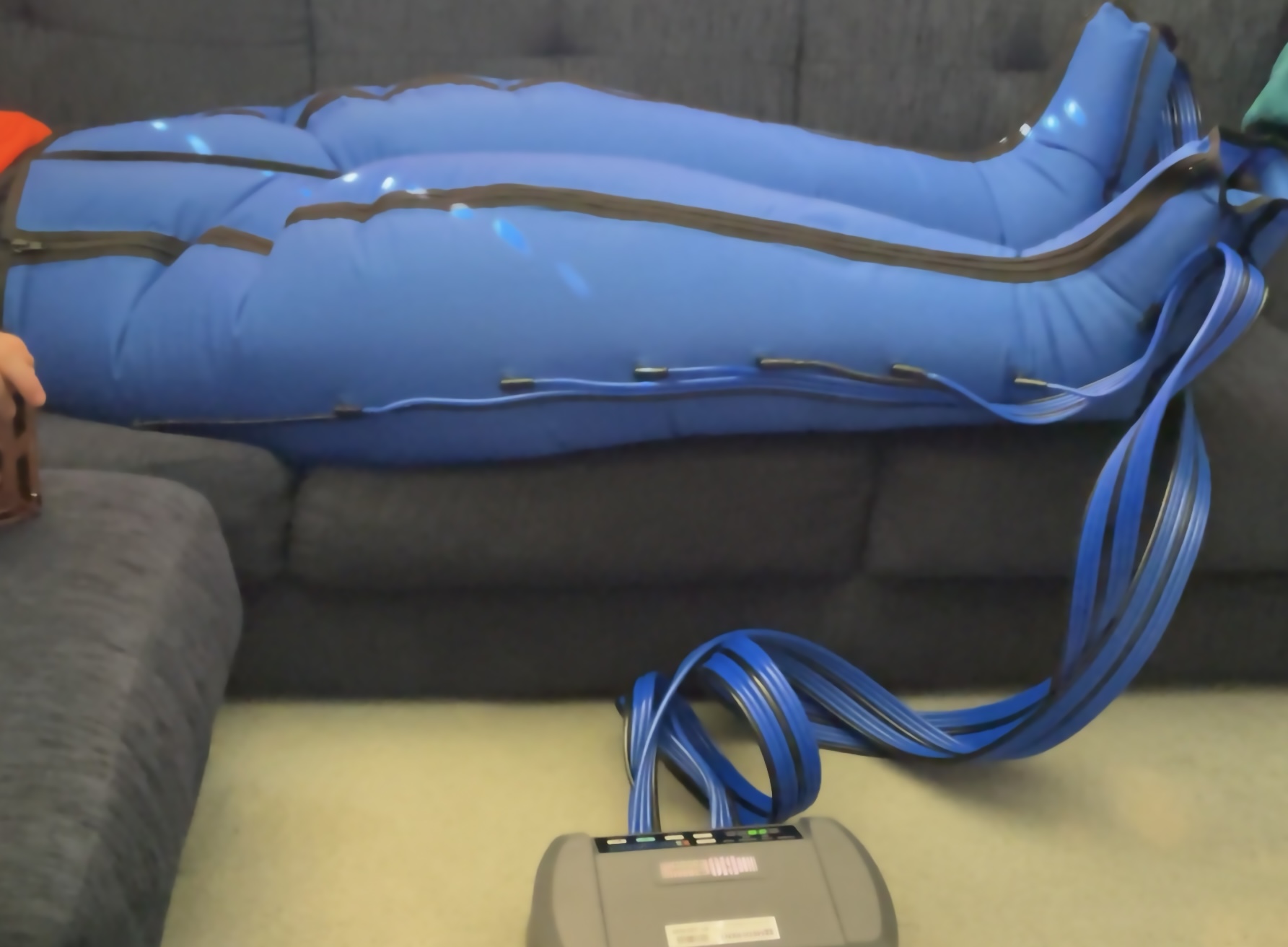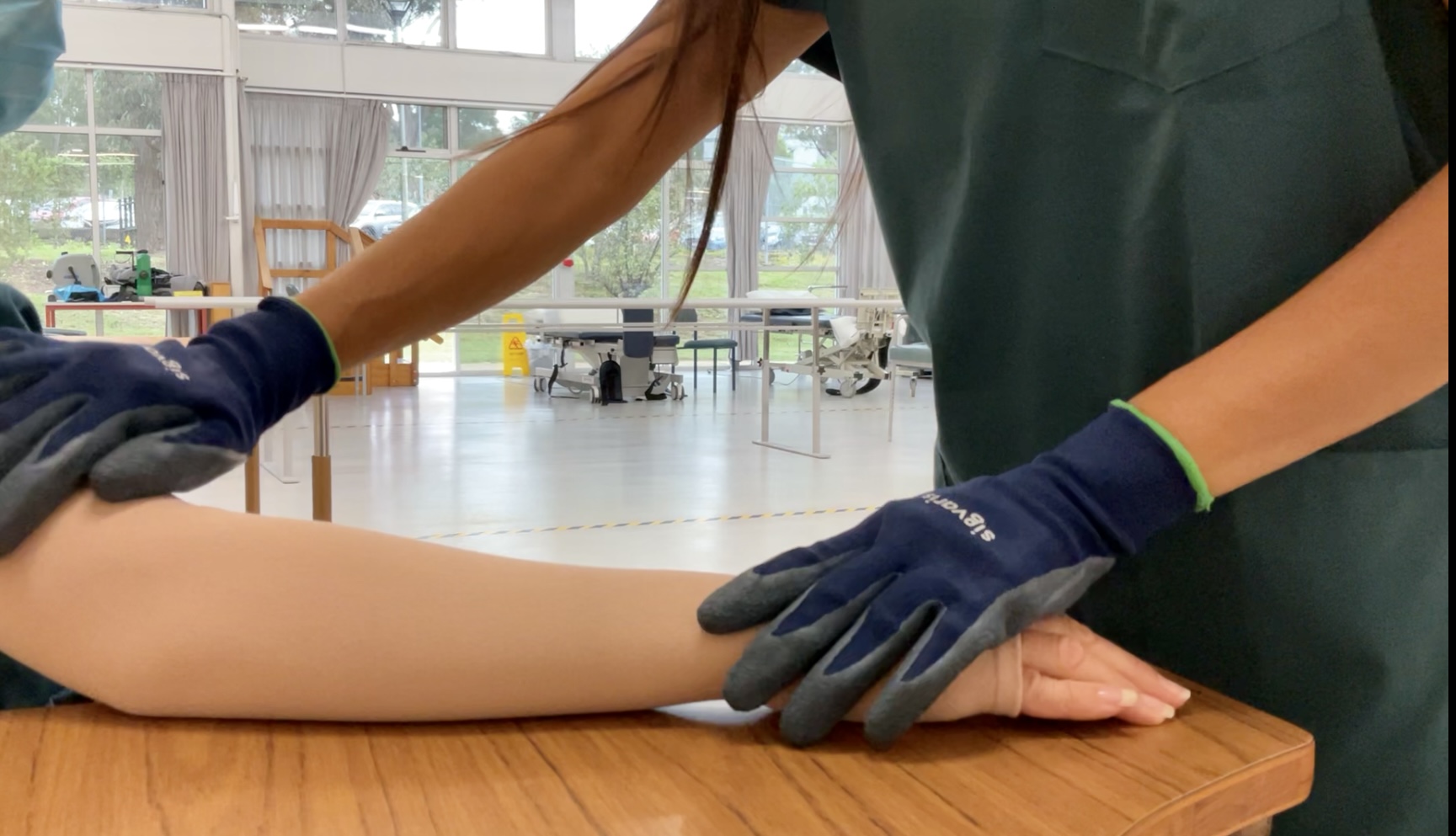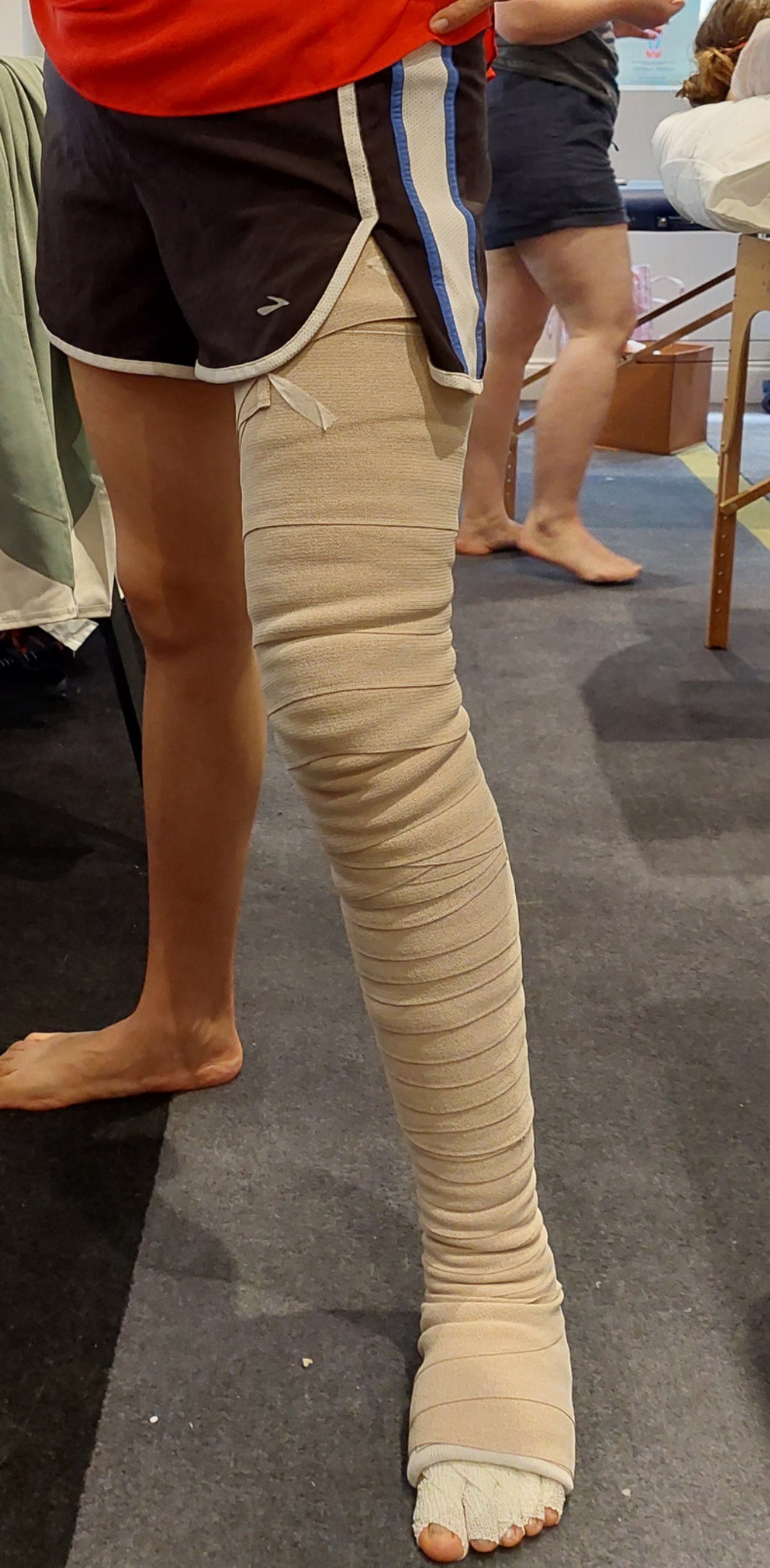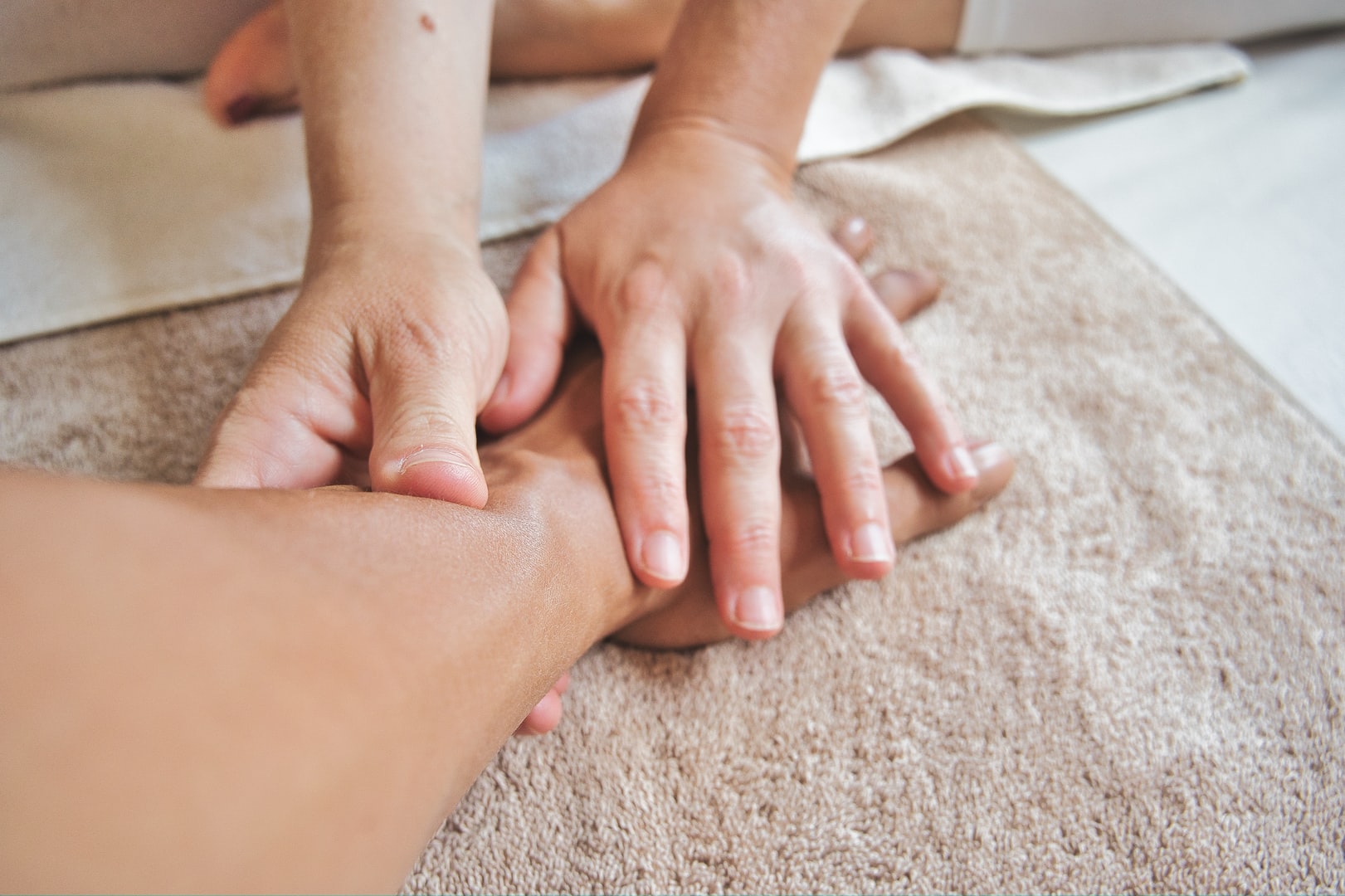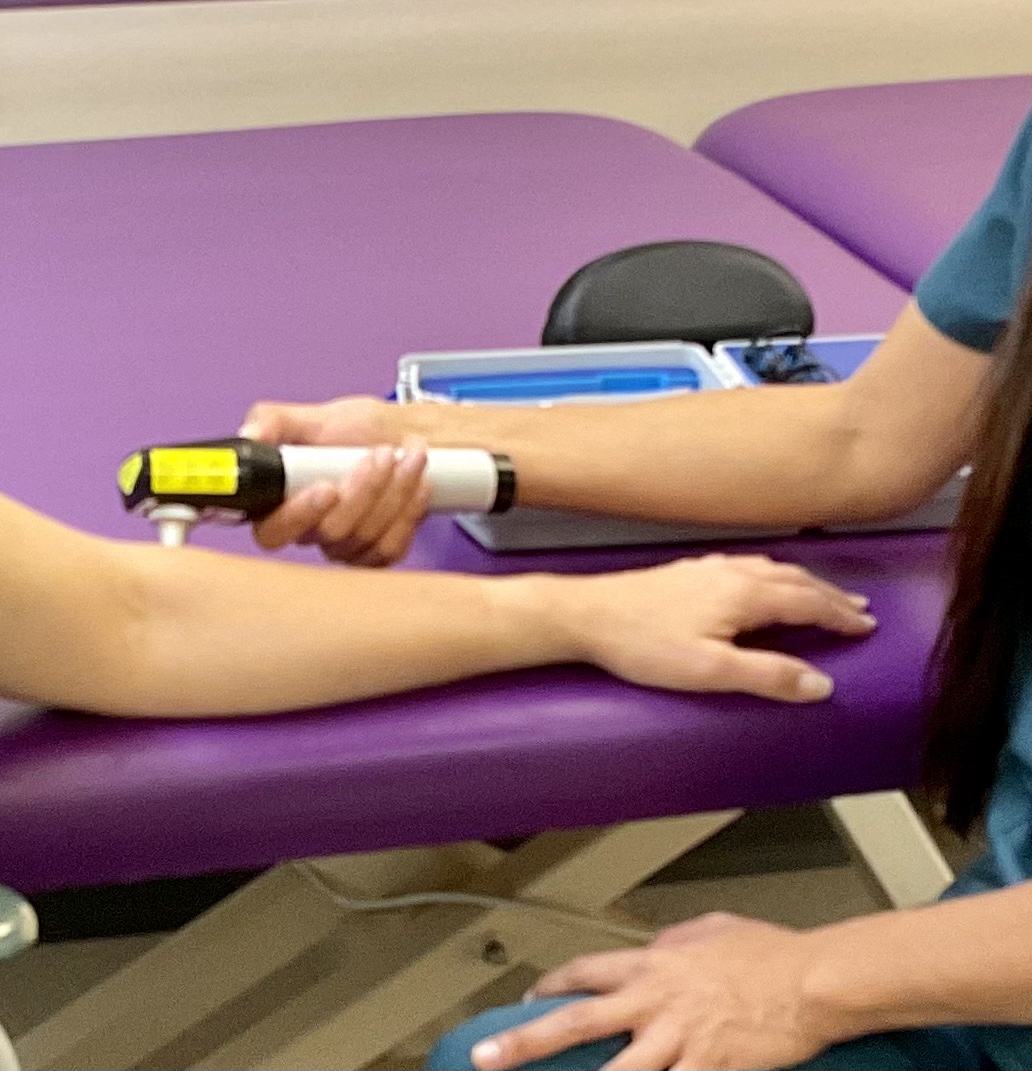Wound management
Wound care in lymphoedema focuses on reducing swelling, preventing infection, and protecting fragile skin to support healing. Compression therapy, gentle wound cleaning, moisturizing the skin, and using the right dressings are all important parts of the process. With careful management, most wounds in people with lymphoedema can heal successfully.
Types of Wounds in Lymphoedema
Venous Ulcers: These are one of the most common types of wounds in lymphoedema, especially in people with chronic venous insufficiency. They are often found on the lower legs and can be associated with poor circulation and fluid buildup. These wounds may be slow to heal due to inadequate lymphatic drainage.
Skin Breakdown: The skin’s protective barrier can become compromised due to persistent swelling. The skin can become thin, fragile, and prone to tears, abrasions, or ulceration from minor injuries, even scratching or insect bites.
Cellulitis: This is a bacterial infection that can develop in the areas of swollen tissue. Cellulitis can cause further damage to the skin, resulting in redness, heat, pain, and swelling, making it harder for the wound to heal and exacerbating lymphoedema.
Blisters: In some cases, fluid accumulation can cause the skin to stretch to the point where blisters form. These can be painful and are more prone to breaking, leading to open sores and increased risk of infection.
Risk Factors for Wounds in Lymphoedema
Chronic swelling: Ongoing swelling causes the skin to stretch and lose elasticity, making it more vulnerable to injury.
Reduced lymphatic function: Inadequate lymphatic drainage prevents the body from properly clearing waste and excess fluid, which weakens the skin and surrounding tissue.
Poor skin hygiene: Dry, cracked, or poorly cared-for skin can easily break down and become infected.
Infection: Recurrent infections, such as cellulitis, can complicate wounds and prevent them from healing properly.
Trauma or injury: Small injuries, cuts, scratches, or insect bites can develop into larger wounds due to the poor ability of the lymphatic system to repair damaged tissues.
Wound management in lymphoedema requires a combination of prevention, proper care, and regular monitoring. The key to successful management is maintaining skin integrity, controlling swelling, and addressing any infections or injuries promptly. Collaborative care, including the use of compression therapy, lymphatic drainage, and proper wound care techniques, can help prevent further complications and support healing for individuals living with lymphoedema.
